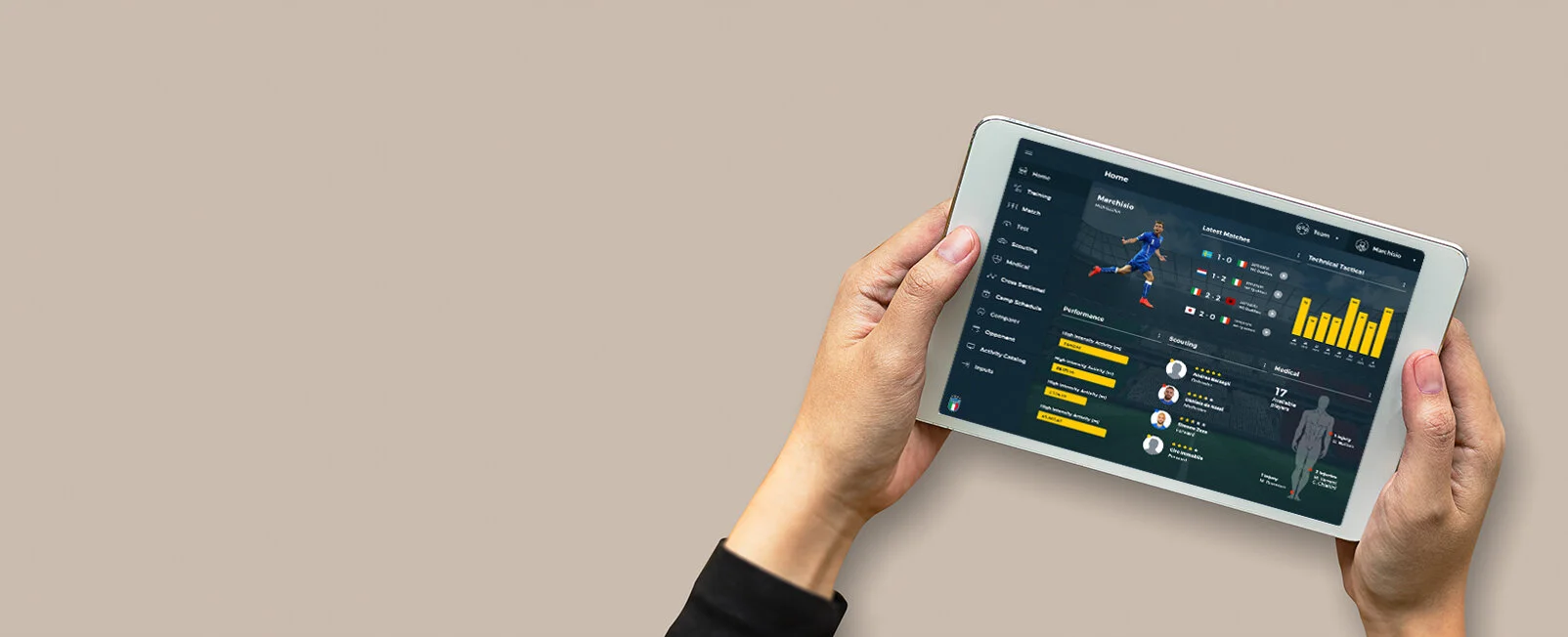The team here at Clariba has had some time to explore the new features available in the most recent version of SAP Data Services. If you’re not already using version 4.2, we’d strongly recommend it, particularly if you’re also using SAP HANA as your data warehousing solution.
Using NoSQL for Analytics, or the Data Scientist's Frankenstein
Transforming the game of professional football with enterprise mobile technology
Traditionally, the only data available to the football industry for gaining insight and analytics into a match or training session was the same data we could see on television: goals scored, corners won, ball possession, and so on. Nowadays, thanks to advanced data collection devices, tracking and cameras, real time data with X, Y, Z coordinates registering every relevant action for each player during training sessions and games is abundantly available.
Our best practice guide to upgrading SAP HANA
If your organisation is running SAP HANA, at some point you’ll most likely need to apply an upgrade to the production environment. Usually that’s either a support package (SP) released in response to a specific bug identified by users (or to address a newly emerged vulnerability); or the annual release of the Support Packages Stack (SPS) upgrade which adds features and enhancements to the existing SAP HANA database version.
SAP Analytics Cloud ranks top for Innovation in BARC survey
Clariba receives a new SAP Analytics Cloud certification!
Using SAP BI Live Office in hybrid environments to bring live data to your Office documents
A closer look at VPC peering and its business applications
VPC (Virtual Private Cloud) peering is a feature offered by Amazon Web Services which allows you to quickly and easily group your AWS resources together in a single virtual network. This means that data transfer between resources is greatly facilitated, as you are able to use private IPv4 or IPv6 addresses to route data.
When a dashboard becomes transactional
As experts in data warehousing and analytics we are increasingly faced with requirements where our customers need very advanced “dashboarding”. Their requirement may include the ability to execute transactional activities such as creating a Purchase Order, triggering a data process in a back-end system or providing “always on” multimedia streaming and broadcasting at a large scale and this across multiple devices (Android, iOS, Windows, MacOS, etc).
Stunning visual reports created in a few simple steps - SAP Analytics Cloud
Let’s see how simple SAP Analytics Cloud is to use in a practical scenario. Our example is the sales department of a multinational firm, using Excel to store extensive sales records. We’ll show how an analyst would use SAP Analytics Cloud to interrogate the dataset and create and share “Stories” - visualisations of key data for a nontechnical audience.










